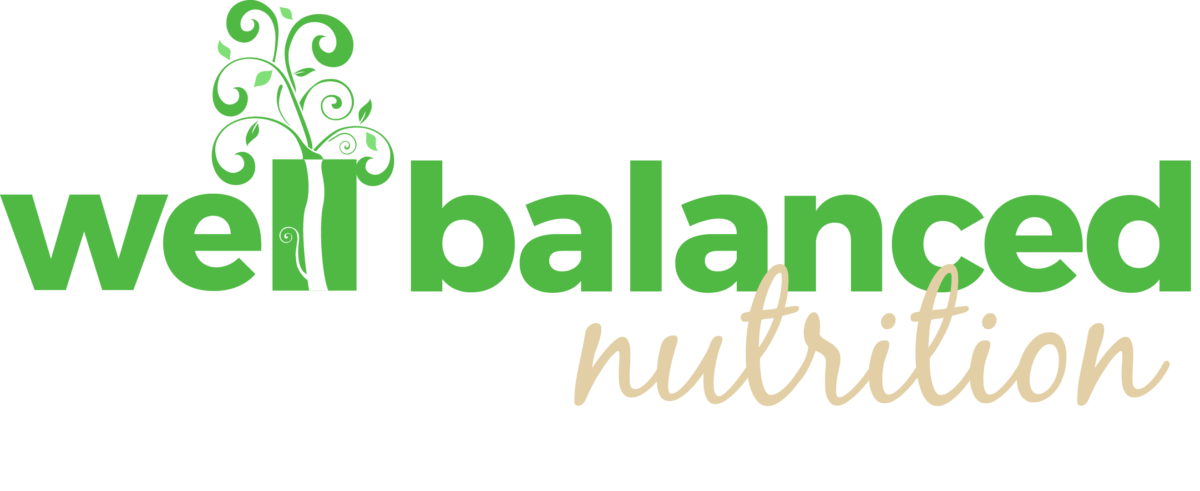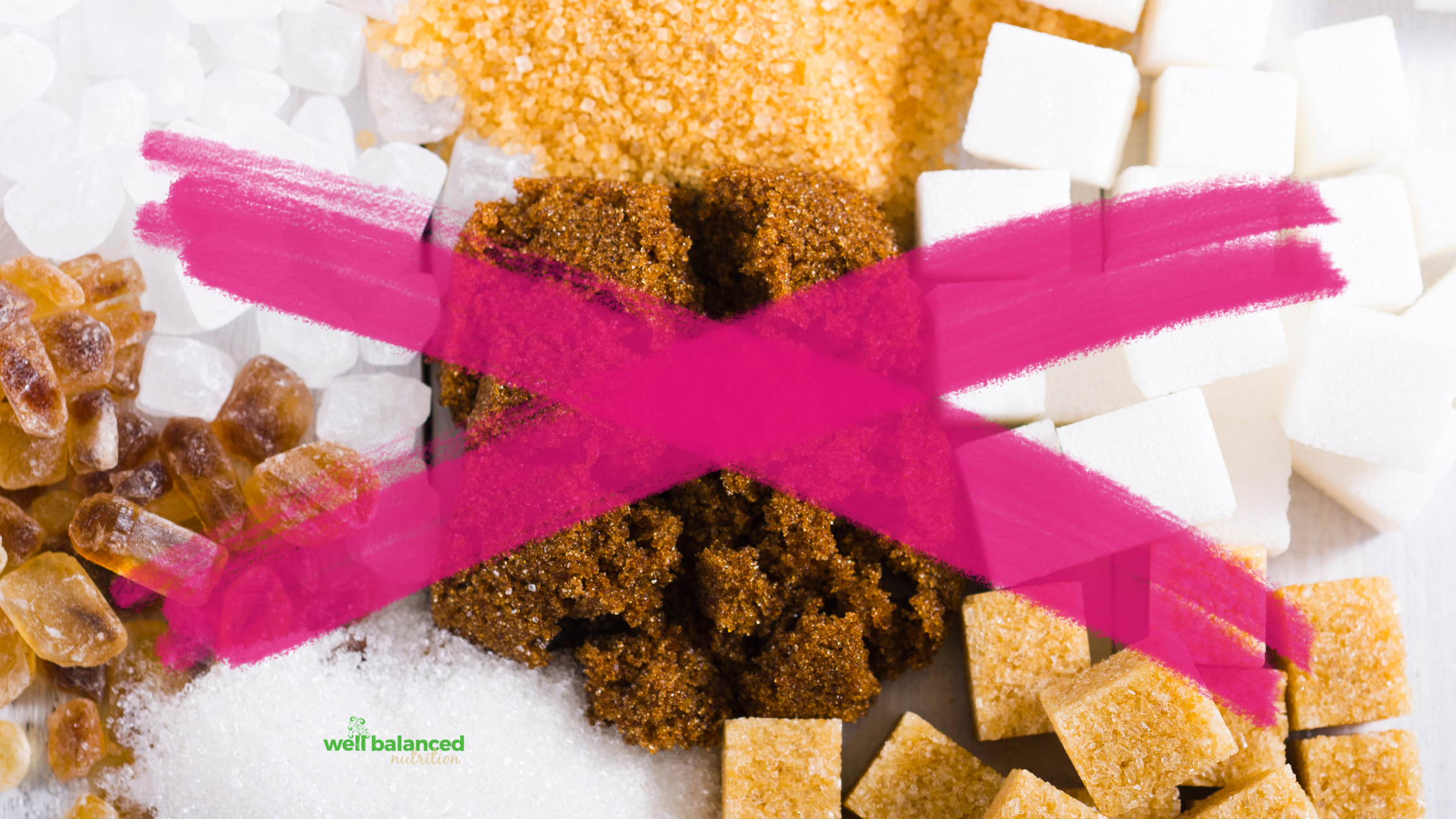4 of 4
Different Types of Carbs and Natural vs. Processed sugar
Now that we know how our bodies process sugar and ways to optimize our blood sugar levels, it’s important we wrap up this series by discussing the different kinds of carbs and their major sources along with natural vs. processed sugars.
What are carbs anyways?
Carbohydrates are molecules made up of sugar units. Simple carbohydrates are made up of only one or two units, whereas complex carbohydrates are made up of many sugar units strung together in long, complex chains.
Types of carbohydrates
The three main types of carbohydrates are sugars, starches, and fiber.
Sugars are simple carbohydrates. Their structure is the most basic form which makes them easy to digest and fast to absorb into the bloodstream. As we covered in the first post, the major types of sugars are:
- Fructose and Glucose – the sugar found in fruits, vegetables, honey, but also in food products like syrups made with a combination of fructose and glucose
- Sucrose (aka table sugar) – occurs naturally in sugar beet, sugar cane, and fruits; also found in baked goods, candies, sugary drinks, etc.
- Lactose – a sugar found in milk and dairy products
Starches are complex carbohydrates. Since their structure is more complex, it takes more time to digest and metabolize starches. If you remember the discussion about blood sugar from post 3 then you know these kinds of carbs will promote a healthier rise in blood sugar and insulin after a meal. Examples of starches include:
- Starchy veggies such as peas and split peas, corn, and potatoes
- Beans, chickpeas, and lentils
- Whole wheat grains, rice, oats, barley, quinoa
Fiber is also a complex carbohydrate. However, it comes from the indigestible part of plants. When we eat fiber it does not get digested and passes through our intestines until it reaches the colon where our gut bacteria use it for energy. Since fiber is not digested, it helps us stay fuller for longer, slows down digestion and prevents large spikes in blood sugar. Sources of dietary fiber include:
- Fruits and veggies, especially berries, apples, pears, leafy greens, and avocados
- Beans, lentils, peas, and corn
- Whole grains
- Nuts and seeds
Natural vs. Processed Sugar Explained
Natural sugars are ones that inherently exist in fruits, veggies, dairy products, nuts/seeds, and unprocessed grains/starches (aka corn on the cob, black beans, potatoes, etc). This means that there are naturally occurring sugar units that help makeup these foods. Thank you nature! Other forms of natural sugars can be found in 100% pure maple syrup and 100% pure honey.
Processed sugars are those that do not exist naturally and are often added to foods. Processed sugar is sometimes referred to as added sugar or refined meaning it comes from a process that extracts sugar from sugar cane or sugar beets. Examples of processed sugars include:
- table sugar
- high fructose corn syrup
- brown sugar
- rice syrup
- cane juice
- molasses
- other ingredients such as maltose or dextrose
A great way to know if there is processed sugar in a food is to read the label. For example, if a product like orange juice says 100% fruit juice and has no other ingredient other than oranges, then it contains only natural sugars. However, if the bottle were to list oranges AND cane sugar then it would contain both natural and processed sugars.
The Difference Between Eating Natural and Processed Sugars
From a scientific perspective, our bodies break down processed and natural sugars into the same molecules. However, when we eat natural sugars from fresh fruits and vegetables we also get other nutrients such as fiber, vitamins, minerals, water, and protein. These other compounds help regulate blood sugar after we eat and provide our bodies with many benefits. Processed sugars on the other hand do not have other nutrients as the food they came from had to be stripped of them in order to extract the sugar. The difference can be seen in our blood sugar following a meal or snack. Let’s look at 2 scenarios:
- Scenario 1: If you eat an apple not only are you getting a source of natural sugars, but also fiber and vitamins. That means your blood sugar will steadily rise and the fiber in the apple will help you feel fuller longer and prevent a rapid crash in energy.
- Scenario 2: If you were to eat a piece of candy you would not be getting fiber and your blood sugar would quickly spike and drop leading to what many describe as a quick increase in energy followed by a crash and fatigue. The lack of fiber can also mean you don’t feel as satisfied and full from one piece of candy as opposed to one apple.
Takaways
In summary, sugar can be a difficult topic to tackle that’s why I (Bella) want to end the series with these points:
- Sugar aka glucose is the main source of fuel for our brain, therefore it is important to provide our bodies with carbohydrates every day.
- Where your carbohydrates come from is what matters. Opting for whole foods that haven’t been processed is always a good choice. However, if you choose pizza over quinoa some nights, there is no reason to stress.
- Eat the Well Balanced Way, meaning aim to have a source of protein, fat, fruits/veggies, and complex carbohydrates on your plate as much as possible.
- Treat yourself! Sweets and treats are meant to be enjoyed. The more you deprive yourself the more likely you are to actually eat more than you would if you just enjoyed that brownie when you wanted it!
If you are interested in learning more about the science of sugar, watch our free workshop on how to fit sugar in a well balanced diet: Watch the workshop!



